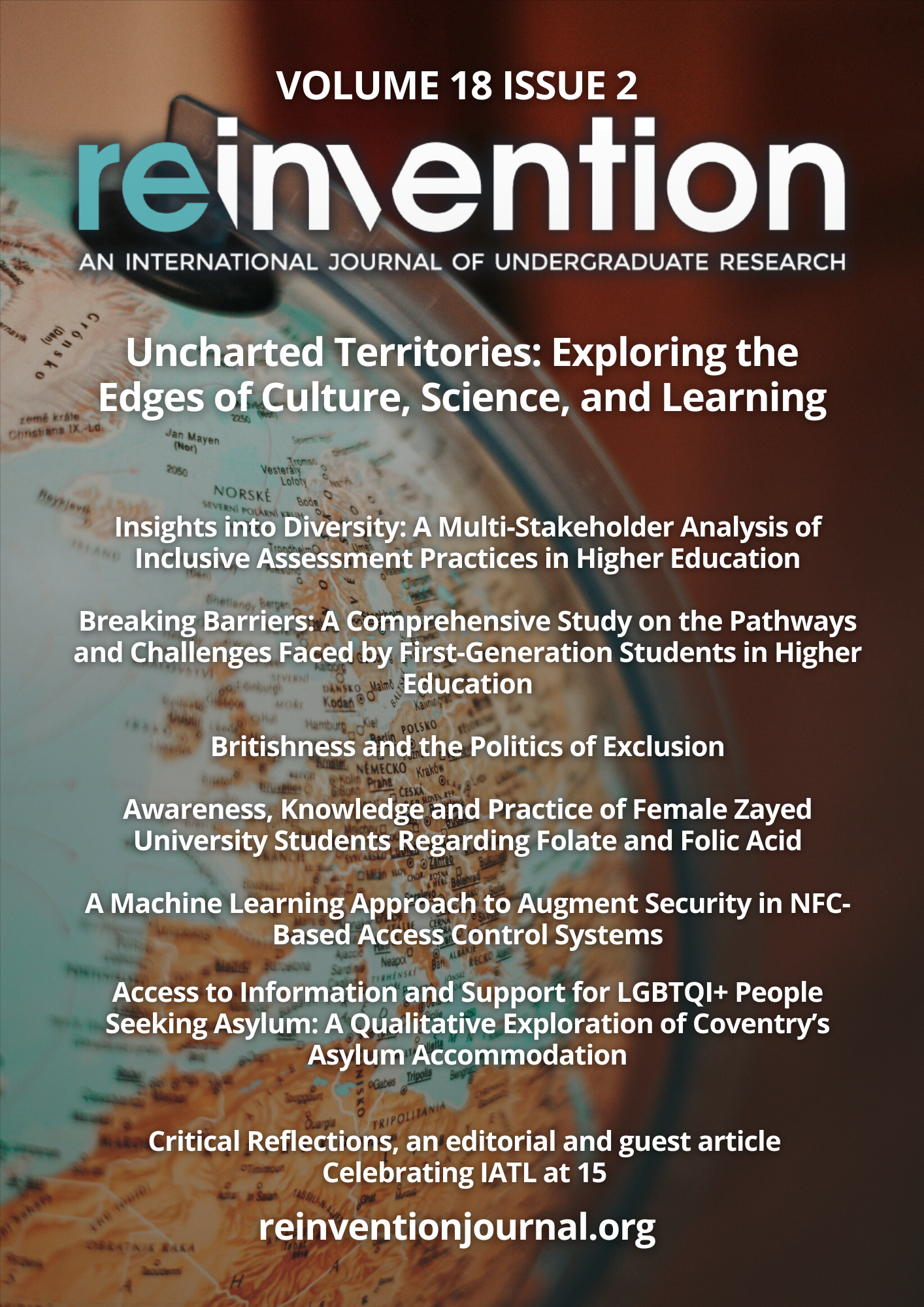Abstract
Near-field communication (NFC) is widely used in access control systems such as payment processing and regulating access to facilities. Due to its decentralised nature, NFC is constrained by resource limitations, making it vulnerable to exploits such as key cloning. This study investigated the effectiveness of machine-learning algorithms in visually distinguishing cards as an added security measure against unauthorised cloned cards.
The methodology includes collecting datasets, building classification models (CNN, KNN and SVM), performance evaluations and integration of the best-performing model into an NFC prototype, Clone Guard. Performance evaluations included accuracy, precision, F1-score and recall metrics. We found that CNN was the best-performing model, with a prediction accuracy of 96 per cent.
Experimental results showed that noisy datasets produced a more robust model than noiseless datasets. Heatmap visualisations indicate that distinct colours and bold text regions contributed significantly to the model’s decision-making. Despite the high accuracy on test data, the prototype performed less accurately when classifying scanned cards.
The study provided a basic evaluation of classification algorithms, concluding that deep learning offered greater suitability. The implications of the prototype extended into the applied research domain, offering a configurable and deployable solution to improve the resilience of NFC-based access systems against unauthorised cloned cards.

This work is licensed under a Creative Commons Attribution 4.0 International License.
Copyright (c) 2025 Daniella R. Gullotta, David Prego, Yibeltal F. Alem

